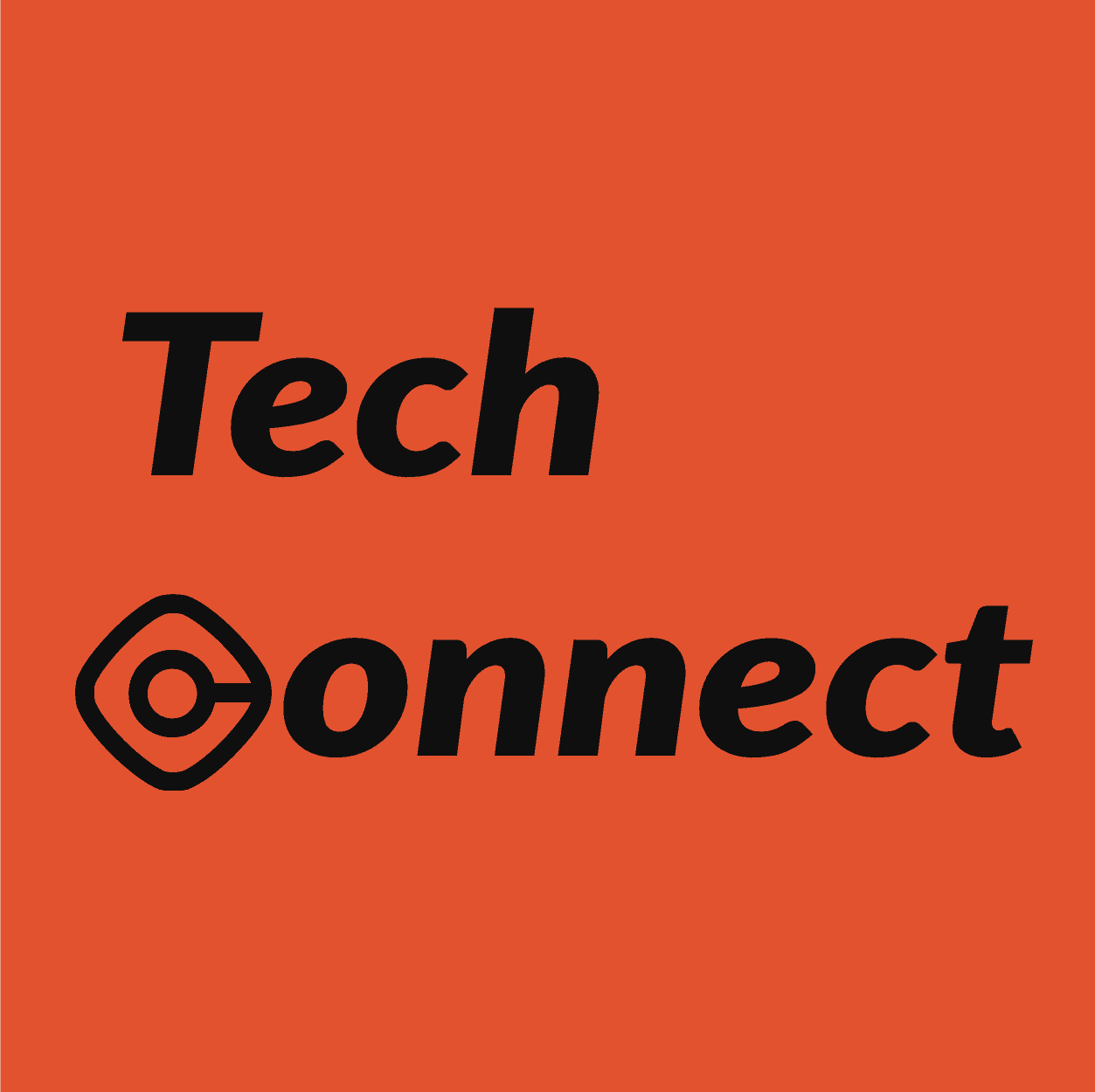Are you ready to unlock the full extent of your innovation potential?
The key lies in discovering how to maximise your creative brilliance in a world filled with constraints.
This week’s feature article is an excellent short read that delves into the strategies and mindset needed to break free from limitations and unleash your innovative spirit. What’s not to like? 😀
This Week’s Top Reads:
-
-
- A transformation office to reinvent business
- 10 Key Strategies to Get the Most Out of Your Idea Management Program
- InsurTechs Need to Prioritize Data, Resilience to Tackle Climate Challenges
- AI, Blockchain, and IoT take the wheel: 25% of the insurance industry set to be automated
- Exploring Beyond Comfort Zones: Embracing Vision and Courage
-
A transformation office to reinvent business
Successfully executing a complex transformation requires a clear vision, an integrated approach and a focus on value.
More and more companies are investing in large-scale transformations as they reimagine their businesses for the future.
A majority of CEOs—six in 10—say they are under pressure to deliver a successful digital transformation strategy. But these complex changes present significant challenges for leaders. A recent HBR survey found that 86% of nearly 700 respondents recognize that transformation requires a combination of the right culture, revised business processes and new technology. But only 20% rate their transformation strategies as being effective.
The C-suite is expanding, again.
Many, if not most, companies will continue to adopt advanced technologies that promise to support transformative change and continuous innovation. The chief transformation officer (CTO) has emerged as a new permanent role at the executive table to assist companies with ever-engaging enterprise transformations. In a recent report, The Chief Transformation Officer: Why Transformation Leaders Matter, What They (Should) Do, and What They Need to Succeed, Accenture Research and Project Management Institute (PMI) examines how individuals who take on this emerging role drive effective enterprise transformation and ultimately build a company-wide “changing capability.”
10 Key Strategies to Get the Most Out of Your Idea Management Program
A well-executed idea management program can be a game-changer for organizations seeking to foster innovation and drive business growth.
In today’s competitive business environment, effective idea management is essential for driving innovation and staying ahead of the competition. But how can you ensure that your idea campaigns are producing results?
Here, we detail 10 key strategies to help maximize the success of your idea management program, from aligning your idea campaign with strategic priorities and gaining executive support to using targeted campaigns and building a network of innovation advocates. Using these strategies, companies can create a strong culture of innovation, generate valuable ideas, and achieve meaningful business results.
Let’s dive in!
InsurTechs Need to Prioritize Data, Resilience to Tackle Climate Challenges
Data poses challenges to newer companies that might not have their own established data sets.
Swiss Re estimated in its latest sigma report that in 2021, natural catastrophes resulted in total global economic losses of $270 billion. The level of insurance coverage for these climate related losses was less than half at 45%, or $125 billion, according to the report. How can insurers get a handle on this rapidly changing environment when it comes to climate risk?
“Data, data, data,” said Charlie Sidoti, executive director at Insureon, an independent marketplace for online delivery of small business insurance. “I mean, a lot of things get back to data, but also, this is one of the challenges with the rapid pace of change.”
Sidoti was speaking on a panel about navigating climate risks for Carrier Management’s 2023 InsurTech Summit. The challenge when it comes to climate risk, Sidoti added, is that as the risks change, historical data isn’t proving as useful as it has in the past.
AI, Blockchain, and IoT take the wheel: 25% of the insurance industry set to be automated
The rise of digital-first insurance driven by AI, blockchain, and IoT is reshaping the insurance industry by placing customer experience, efficiency, and transparency at the forefront.
In today’s rapidly evolving digital landscape, industries across the board are embracing technology to enhance their offerings and streamline operations.
The insurance sector is no exception, as it undergoes a transformative shift towards a digital-first approach. Enabled by advancements in artificial intelligence (AI), blockchain, and the Internet of Things (IoT), insurers are revolutionizing the way they interact with customers, provide personalized experiences, and manage risk. According to a report by McKinsey, 25% of the insurance industry will be automated by 2025 with the help of AI, machine learning and similar technologies.
Let’s explore how these cutting-edge technologies are reshaping the insurance industry and driving the rise of digital-first insurance.
Exploring Beyond Comfort Zones: Embracing Vision and Courage
Traditional shadow IT is giving way to business-led technology deployments that have the IT department’s approval. But CIOs must manage the process to avoid problems.
Today’s businesses are nonlinear, interdependent, uncertain, ambiguous, they face fierce competition and ambiguous business environments. Companies across sectors have to increase agility as geopolitics, frequent disruptions, and global mobility change the business landscape quickly.
The more effortlessly you can align, integrate, and optimize the important business factors inside an organization, the closer you can accelerate performance.
Organization lagging or leading is based on their collective mindset, information fluency, and differentiated capability: Organizations are at the different stages of business development. Unfortunately, in most laggard companies, some mindsets at the top level of organizational hierarchy are actually lagging, and keep doing things in the old way.
Their focus is perhaps on getting away with the problem or just disposal, rather than taking it up as a challenge, finding it as an opportunity for learning and discovering the new way to do things.
Article by @Perficient
The word often leads people toward negative thoughts of confinement, limitations, obstacles, or not getting what you want. With this article, though, I want to talk about useful constraints and how they can encourage creativity and innovation.
Common Views of Constraints
You’ve no doubt been there…sitting in a room with colleagues discussing a problem you don’t know exactly how to fix. Teammates are tossing around ideas and landing on plenty of “we should” solutions but each concept gets popped with an abrupt yank back to reality. They point to common constraints such as:
- We don’t have the time to do it right.
- The budget won’t allow this to be great.
- Our resources aren’t a perfect fit. (equipment, technology, skills, expertise)
- We lack the organisational buy-in.
- There are legal and regulatory concerns.
Some teams let these constraints stop their progress and they settle on a mediocre solution. Others view them as challenges to be met.
THE DIGITAL EYE
I hope these articles are valuable.
I am passionate about technology, and I want to share that passion with you. I believe that it’s essential for everyone to stay up-to-date on the latest trends, so I’ve set out to cover all aspects of the industry – from data analytics to blockchain and AI.
Please let me know if you want to see any other topics covered, and I would appreciate your help sharing this blog with others interested.



